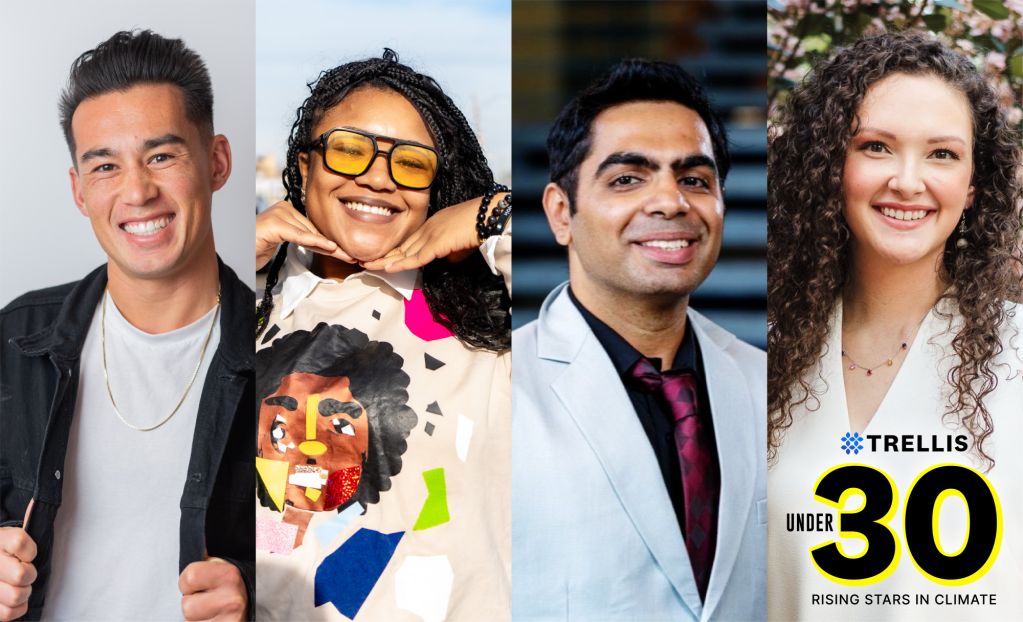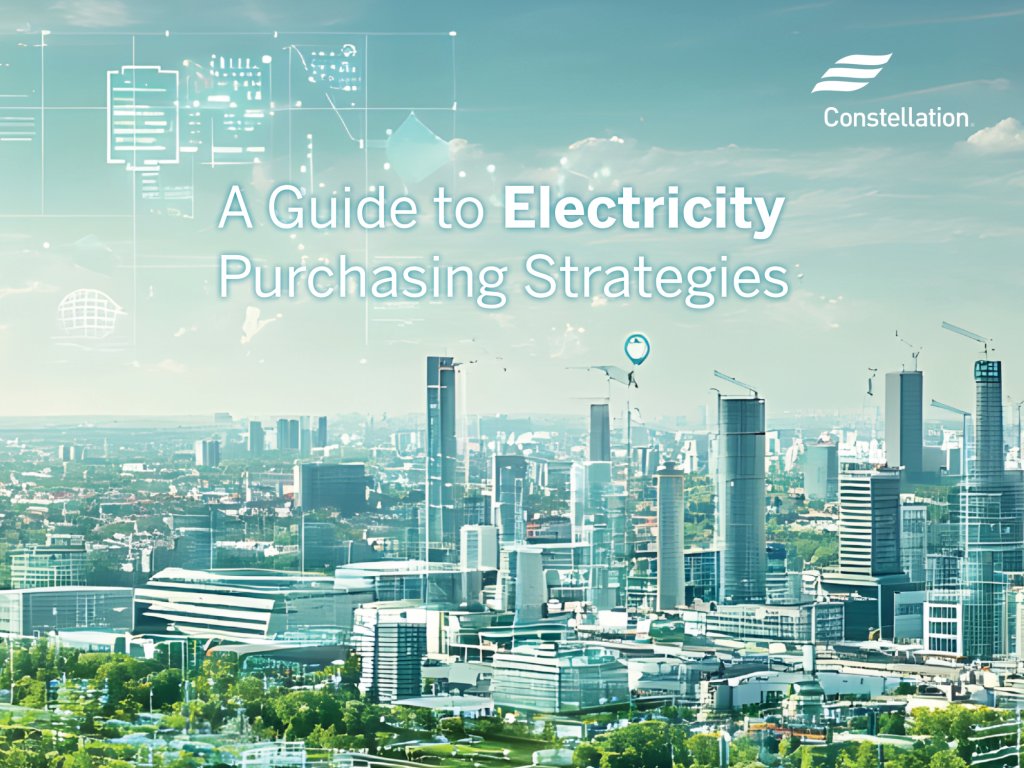Exit Interview: Ben Packard, Starbucks
The recently departed head of sustainability reflects on his time at the coffee company. How does he view the NGO world now that he is part of it? Read More
Exit Interview is an occasional series profiling sustainability professionals who recently have left their job.
For 15 years, Ben Packard was on the front lines of Starbucks’ sustainability initiatives, rising from environmental manager in 1998, a freshly minted MBA from the University of Washington’s Foster School of Business, to become its VP of global responsibility a decade later. I met Packard soon after his arrival at Starbucks and watched him, and the company, address an overflowing cupful of sustainability initiatives, many spurred by the advocacy community. From my vantage point, it seemed that the company was always in someone’s sights.
Packard left the coffee company late last year to join the Nature Conservancy, serving as its director of corporate engagements. I spoke with Packard recently about his time at Starbucks, including how he views the NGO world now that he is part of it.
Joel Makower: Over the course of your tenure at Starbucks, you worked on dozens of initiatives, from the way you source coffee to the way you design cups. What did you learn about how change happens and what it takes to create significant change inside a big company?
Ben Packard: I think most importantly, the thing I learned was to be in the strategy and on the strategy.
Makower: What does that mean?
Packard: There are many different directions that a sustainability team can embrace as its mandate, but there are a few that are probably closer to the core activities of the company than others. As you probably hear all the time, there’s too many good things to do, but there are some that are more on strategy. So once you’re on strategy and operating at the core of the business, then it’s a matter of getting yourself in the strategy and making sure that the activities to address those issues are baked into the overall strategy of the company.
Makower: Give me an example of something that was on strategy and something you tried that turned out to be not on strategy?
Packard: We did some amazing work to get post-consumer fiber in the cup in the early 2000s. Was it in the strategy to reduce our environmental footprint? Absolutely. But was it on strategy as far as what our marketing team was hearing was important to customers? No. What was on strategy as far as what the customers are asking about was what about the recyclability of your cup? So we were in the strategy in the environmental context, but we were not on strategy as it relates to what the consumers are asking about.
Makower: And what did that do to the initiative?
Packard: Well, it creates a very challenging conversation — should we still be doing this? The company decided, I think correctly, that they should be doing it because they’re leading the industry, and I think in other companies where leadership maybe wasn’t the aspiration, that could be a very difficult conversation.
Makower: The cups initiative always has struck me as a quintessential example of how hard it can be to effect change. As I recall, it took six or seven years to get to 10 percent post-consumer fiber in Starbucks cups.
 Packard: PCF [post-consumer fiber] wasn’t the original goal. If you remember, we originally partnered with the Environmental Defense Fund to address the issue of double cupping. In 1996, when you served a hot coffee, you typically gave the person two cups. So the original challenge to EDF and the team at Starbucks at the time was to figure out a way to avoid double cupping. They went through a design competition.
Packard: PCF [post-consumer fiber] wasn’t the original goal. If you remember, we originally partnered with the Environmental Defense Fund to address the issue of double cupping. In 1996, when you served a hot coffee, you typically gave the person two cups. So the original challenge to EDF and the team at Starbucks at the time was to figure out a way to avoid double cupping. They went through a design competition.
One option that was put on the table was to use post-consumer fiber as an interim solution, even though it wasn’t considered part of the solution set. The now-ubiquitous sleeve, which can use less material and a high percentage of the post-consumer fiber — that didn’t exist at this time. The solution that won in the end was this interim solution that crept in, which is a design solution to dematerialize how much fiber is necessary to serve a hot cup of coffee. That became the solution.
Makower: Along the way, you were working with the cup makers — the Dixies and the Lilys and the Solos — and finding that even a company as big as Starbucks, and as many cups as you use, wasn’t able to just order up a greener cup.
Packard: Right, but total material use was the problem we were trying to solve. Then what we decided to revisit the issue around post-consumer fiber, and I think it was 2004 that the company introduced, with approval from the FDA, post-consumer fiber in the cup. It was really significant from the perspective of the food packaging industry getting into the use of secondary, post-consumer fiber. But it didn’t really answer the question that’s on our customer’s mind, which was what’s going on with that cup after I use it.
Makower: How did the market, and particularly your critics, the ones that brought this to your attention in the first place, feel about this?
Packard: The folks that are looking at virgin fiber impacts and forestry issues thought it was great. But in the classic environmental industry behavior, there were some that said, “Ten percent isn’t enough,” not really understanding what levels of pain the company went through to get the approval with its suppliers to come into compliance with something that would get FDA approval to be used. So the fiber people loved it. But to the general stakeholders, it didn’t seem like a lot. It was a pretty superficial yawn.
Makower: Over the years, Starbucks was the target for a lot of things. GMOs in soy, recyclable cups and many other things that you remember way better than I. Starbucks experienced what I call the tyranny of brand leadership, where nobody attacks whoever is No. 2. What do you know now about dealing with NGOs that you wish you knew then?
Packard: Early on, I didn’t fully appreciate the spectrum of NGOs that are in the world, and the theater of some playing one role and others playing other roles. I eventually came to understand that very, very well, seeing the multitude of different NGOs that would come to Starbucks. It was both the tyranny of being the brand leader, but also the fact that the NGOs that were engaging Starbucks knew that the company cared about these issues from a mission and values standpoint. I think a lot of NGO conversations with other companies went straight into the recycling bin. So, because Starbucks cared, there was opportunity for dialogue that was more productive than with other companies.
Makower: What made it more productive?
Packard: It was those that provided not just information about the challenge or the issue or the problem that they saw, but also provided a solution and an answer for moving forward. The company continues to be very solution-oriented. So those that were able to bring both problems and solutions, I think, we had a much richer conversation.
Makower: Was having constant pressure helpful in moving forward on company environmental initiatives? Was it helpful that activists were never satisfied and always wanted you to do more?
Packard: It was a complete distraction. Off the record NGO figures would tell me, “This is industry leading, but we can’t go out and say that. Our job is to tell you to do more.” I think the reason why I’m so excited to be working in the NGO world is because it’s a very narrow opportunity set to put companies in that position.
Makower: So what are you excited about it in your new job?
Packard: The Nature Conservancy has been engaging companies for some time now, but what I’m really excited about and why I moved here is that I think the Nature Conservancy has a unique opportunity to engage businesses that they’re already in conversation with on other fronts, on very significant challenges and solutions that TNC has framed.
Makower: Can you be specific?
Packard: Sure. The Conservancy’s priority is around securing fresh water, oceans, lands and reducing impacts of climate change. These are obviously massive challenges that companies all have a hand in being part of the solutions, and I don’t think there are many companies that are finding solutions to those challenges. TNC has access to and relationships with lots of these companies already, and so there’s many very interesting conversations underway now to help drive change in all of these issues.
Makower: And will one of those companies be Starbucks?
Packard: It could be. You never know.













